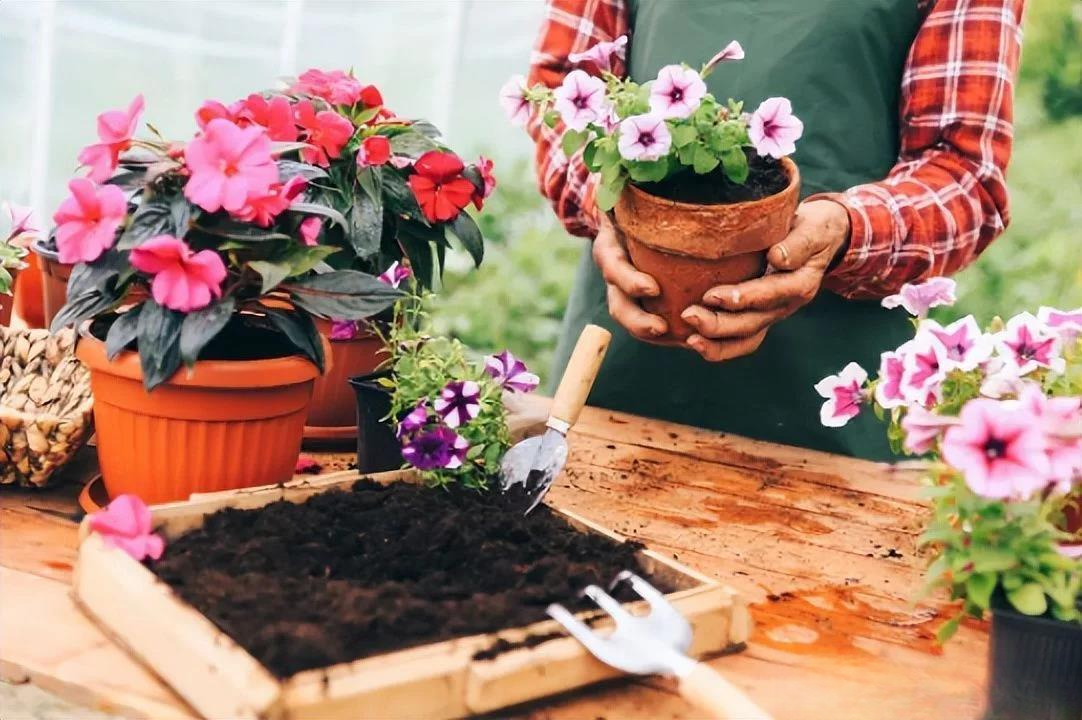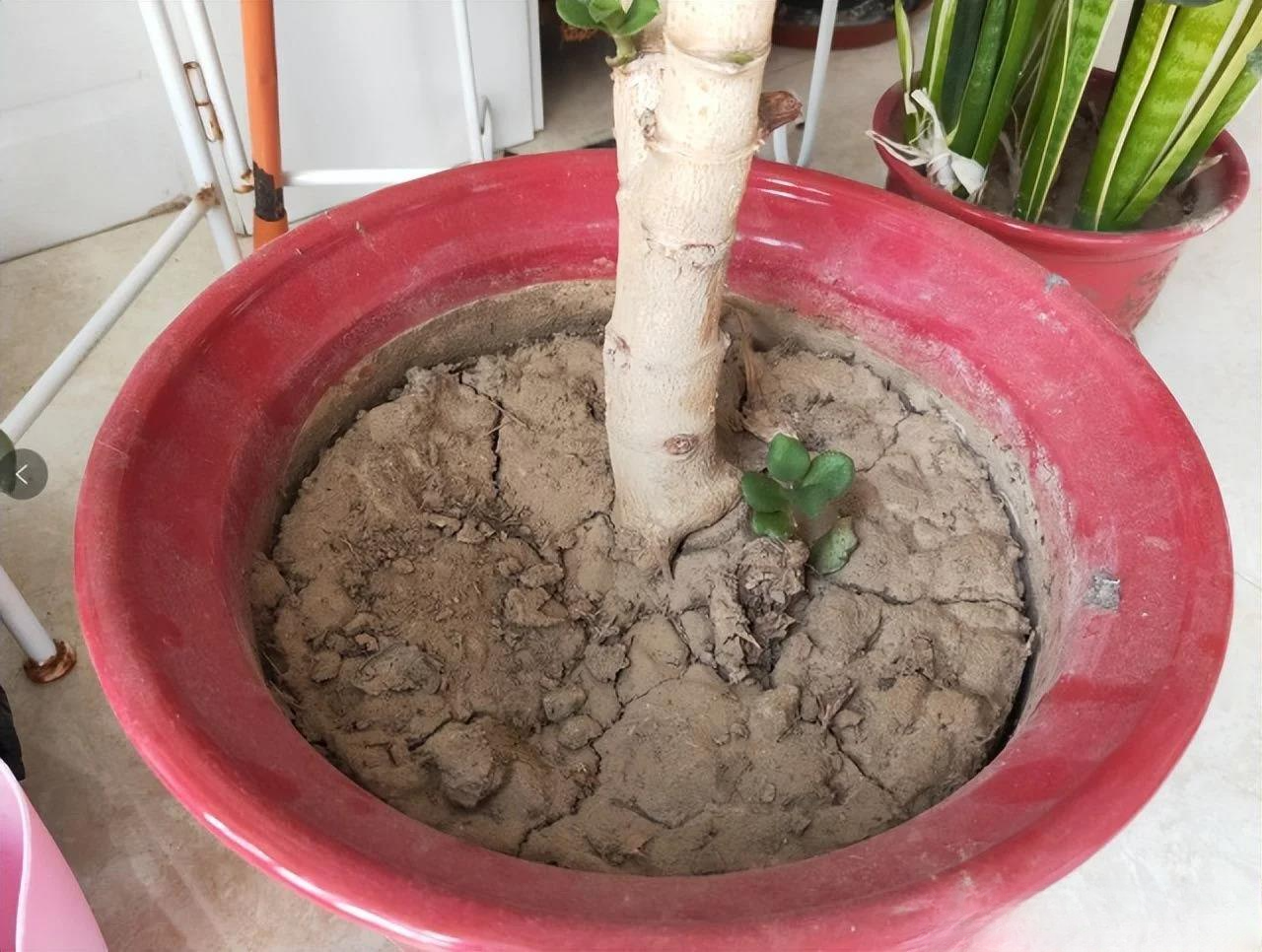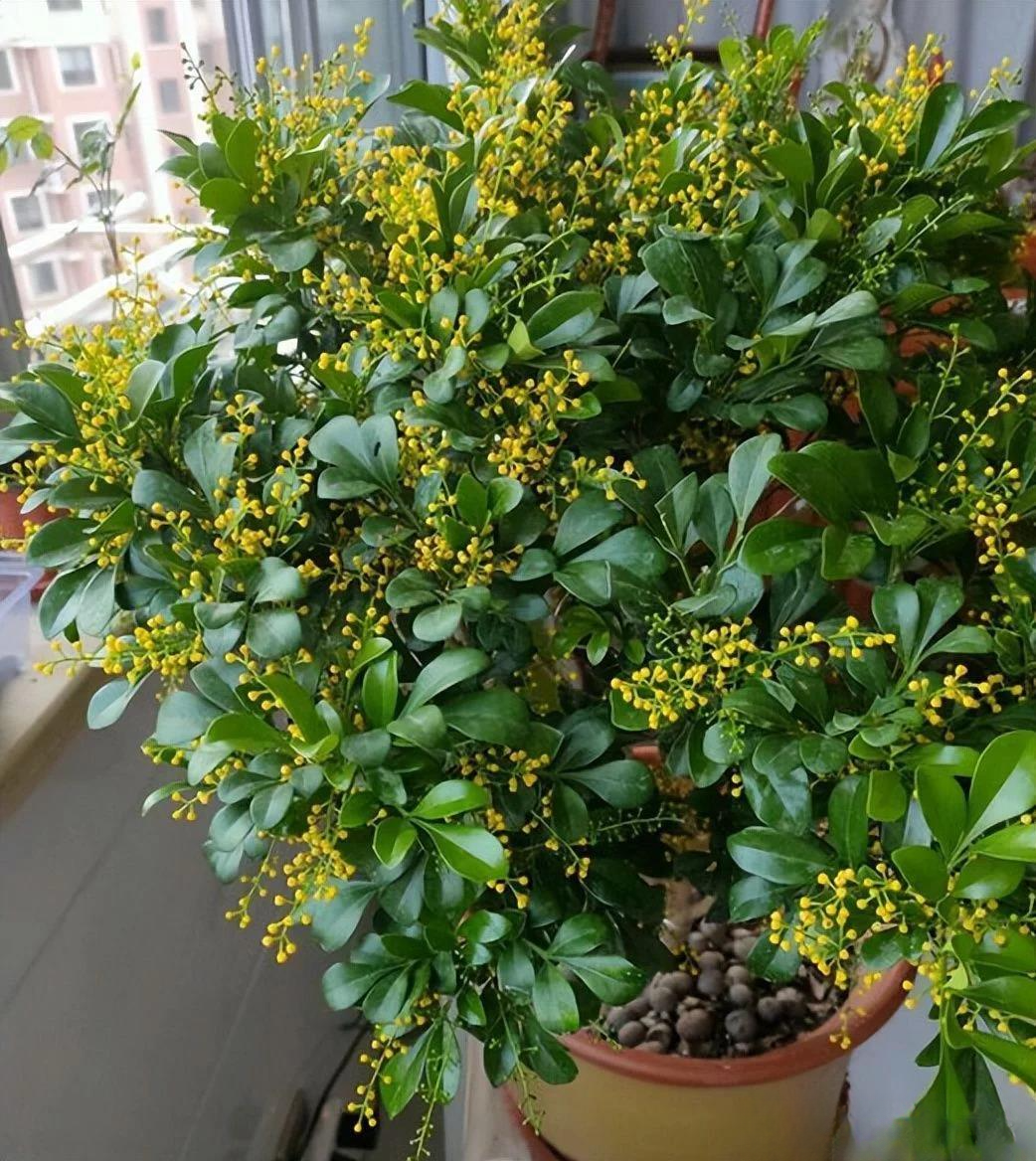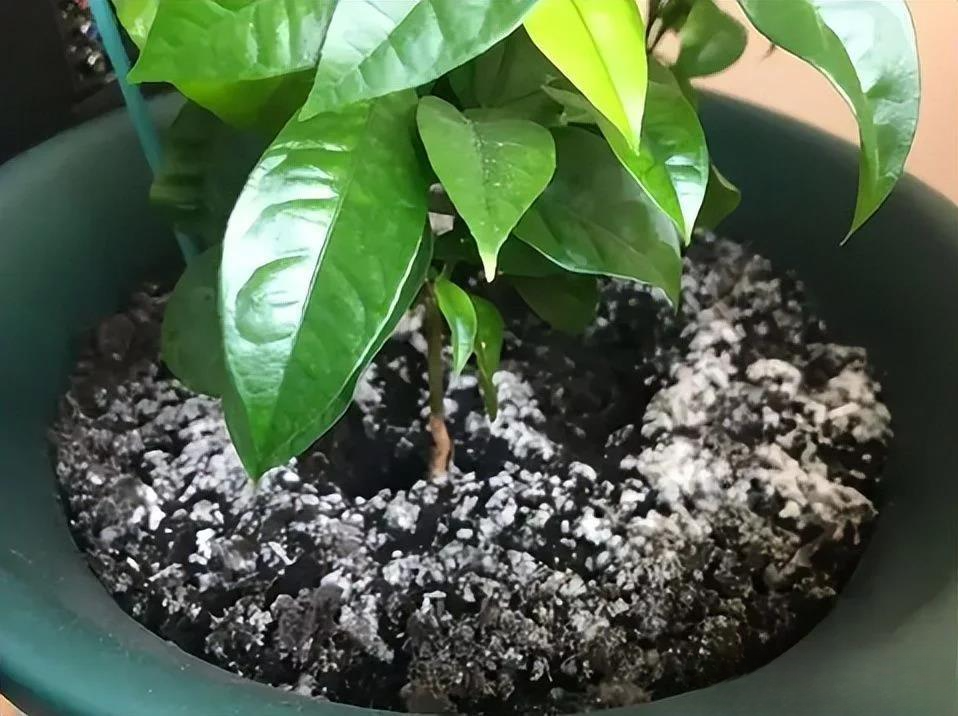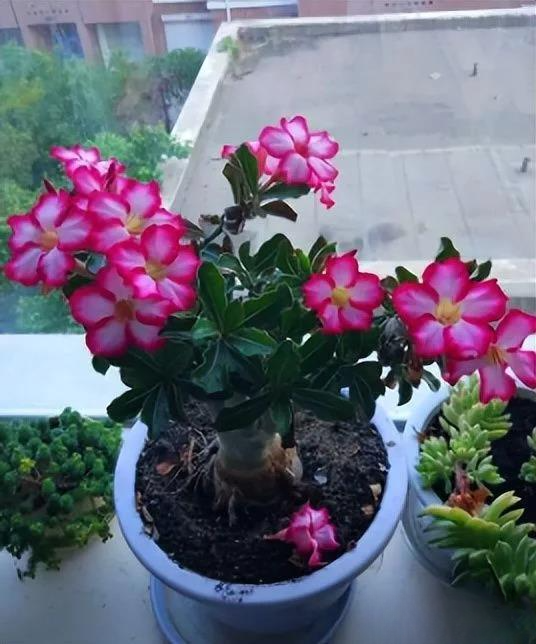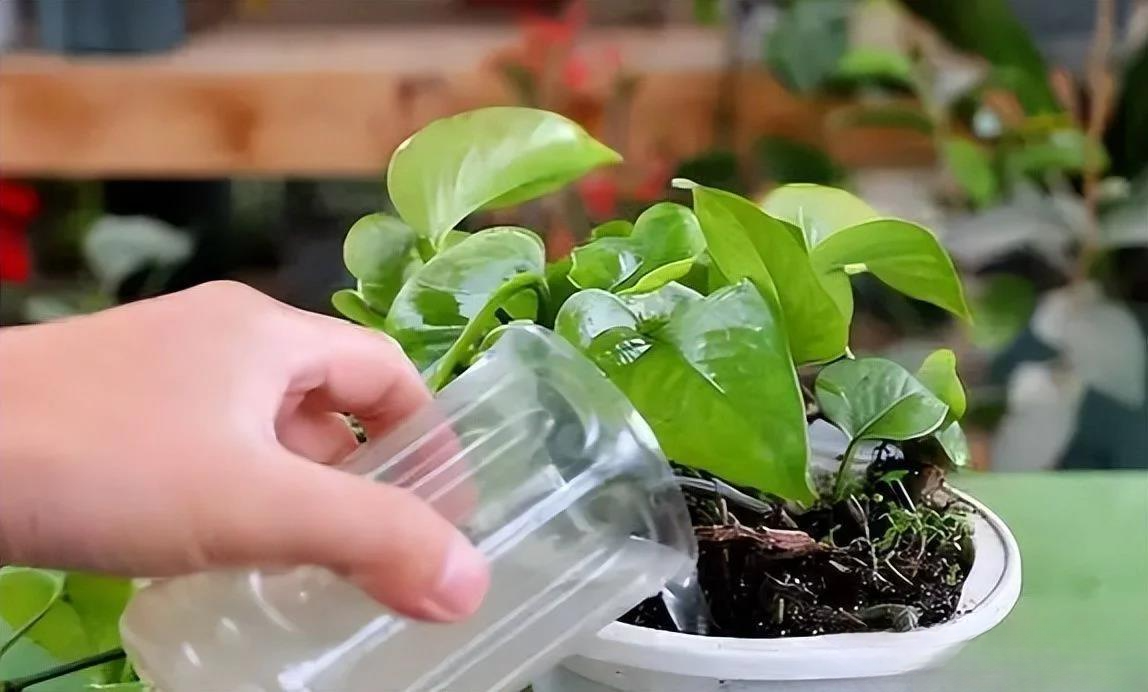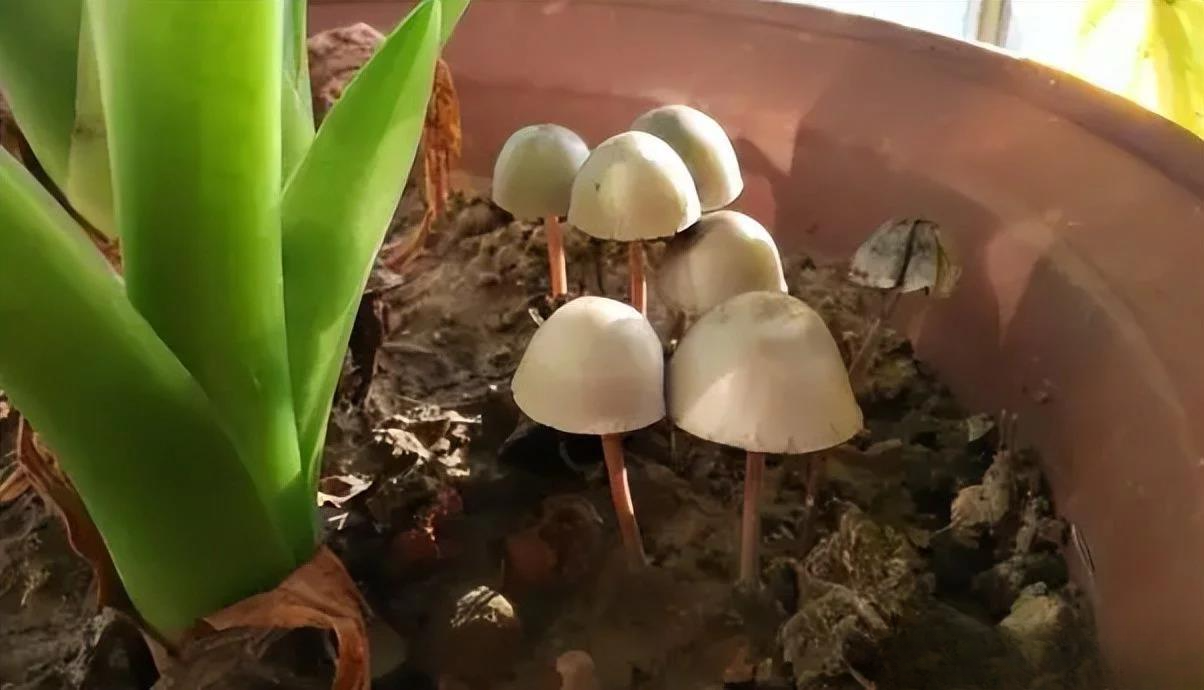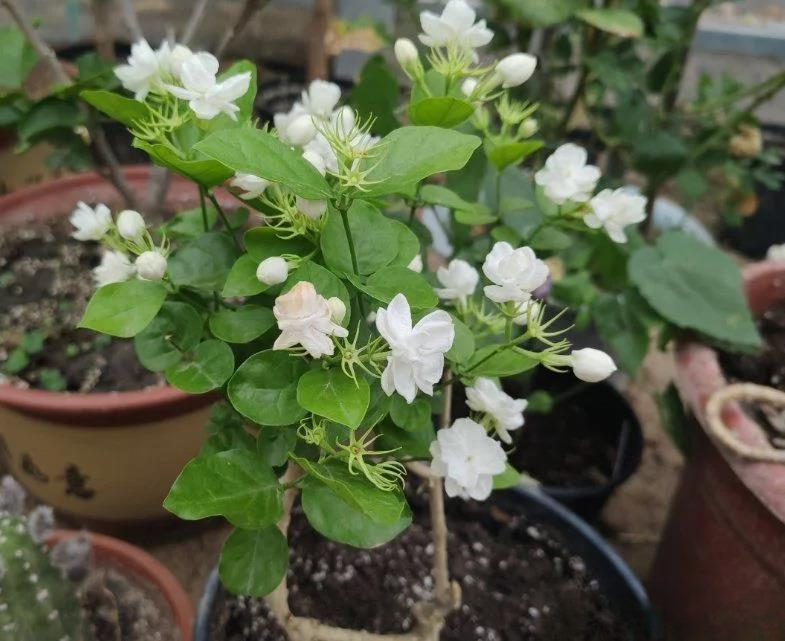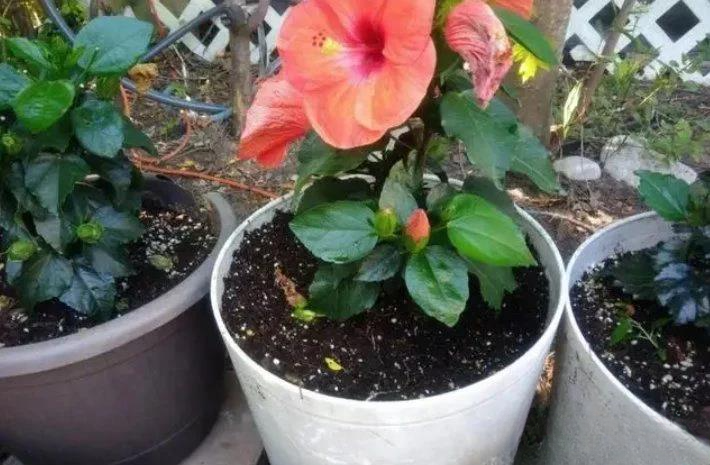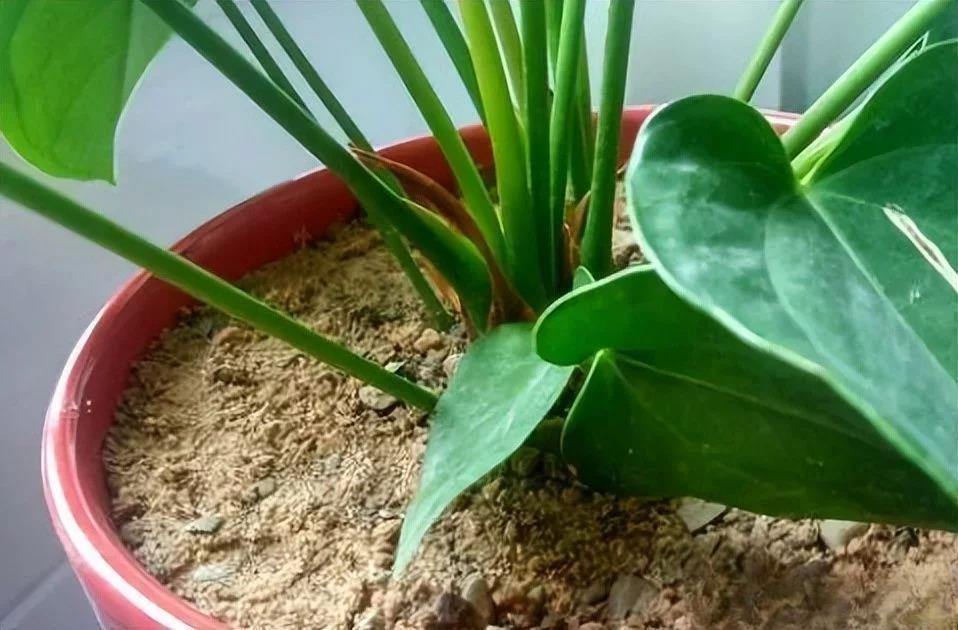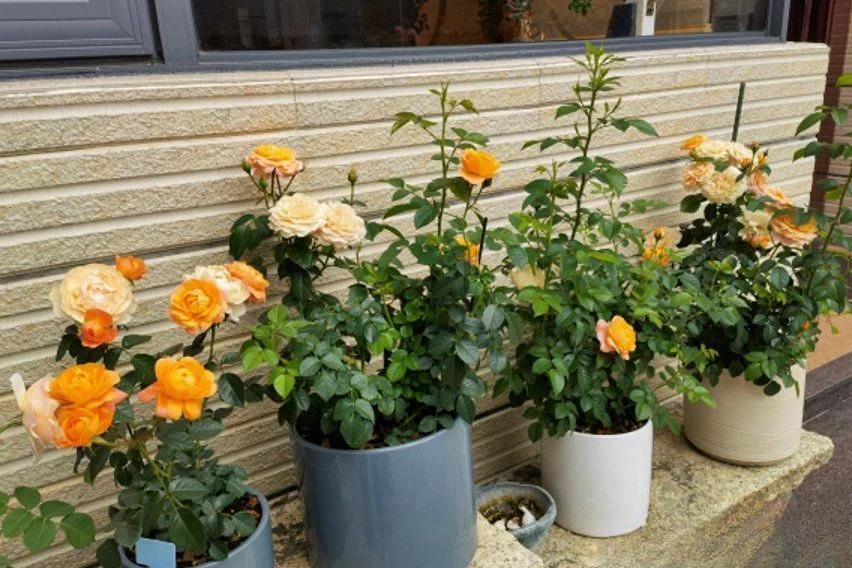When growing flowers at home, the potting soil will encounter 6 "situations"
Picture Mode
When we grow flowers at home, we plant them in pots and use good soil to cultivate them. The roots grow in the pots. As long as the roots and soil are good, the flowers we grow will be fine. However, when we grow flowers at home, our potting soil will also encounter some problems. If you find that they are not handled in time, the flowers we grow will die and grow weakly. Today I will tell you about the 6 most common "situations" when growing flowers at home, and teach you how to deal with them if you find them.
1. Soil subsidence
When growing flowers at home, we now use nutrient soil, and the holes at the bottom of the flower pots are relatively large. After growing them for a period of time, we will find that the soil has sunk, and there will be gaps at the edges of the flower pots. This is because the soil is more breathable, and peat soil is used. When watering, some soil will flow out of the bottom holes along with the water. This is normal. If you continue to water like this, and the gaps between the potting soil are large, it will lead to uneven watering, incomplete watering, and dry roots and yellow leaves.
So if you find that the soil is sinking, or there is a gap on the edge of the flower pot, we just need to take the plant out with the soil, put a layer of soil on the bottom, and then put it in. Because the bottom of the flower pot is relatively small, after pulling it up, the top opening is relatively large, so the gap will be larger. We can fill the soil around it, and the whole soil ball will be wrapped by the soil, so that the next time you water it, there will be no problem of watering it thoroughly. This can ensure that the roots are wrapped in the soil to grow, and the new roots will not dry out.
2. The soil turns white
In the northern region, the soil often turns white when we grow flowers. That is, there is a layer of white alkali-like substance on the surface of the soil of the flowers we grow. This is caused by the alkalinity of the soil. Because the water in many areas of the north is alkaline, Xiao Qi lives in a building. When watering flowers with tap water in the building, the outer wall of the flowerpot is all white alkali, and the surface of the pot soil is also white alkali. This requires us to use organic fertilizers when supplementing fertilizers, such as self-fermented fertilizers, or buy some organic microbial fertilizers, such as fermented sheep manure, cow manure, and bean cake fertilizer.
Sprinkle it on the surface of the potting soil to adjust the soil to be acidic. If the soil is seriously white and alkaline, we need to adjust the soil pH. Use chelated iron directly, water twice a month, add some vinegar to the water, and loosen the soil frequently, so that it will not turn white. If you find that the soil is white, you will find that your plants will have yellow leaves and their growth will slow down.
3. The soil surface becomes hard
The soil surface becomes hard and cannot be touched by hand. This is mostly caused by plants grown in garden soil. If the soil surface is dry and cannot be touched by hand, it must be hardened. If you do not care at this time, the entire soil will become hardened, and water will accumulate on the surface and not be able to penetrate, which will cause the roots at the bottom to dry up. Fertilizer will not be able to be poured in, and it may flow out directly along the wall of the pot.
At this time, we can add some fermented cow dung or sheep dung, or we can buy some microbial fertilizers, loosen the soil directly, sprinkle some fermented sheep dung and cow dung, and mix it with the soil. The next time you water it, nutrients will seep into the soil, and the soil will gradually become loose and breathable.
4. Moss growing on the soil
When growing flowers, you often encounter situations such as moss and mushrooms growing on the soil surface. At this time, many flower lovers ask whether the flowers I grow will have root rot? It is very likely that the roots will rot. The reason why it grows moss is that it cannot see the light, and the humidity on the soil surface is always very high. In this case, it is easy to cause the roots of the plants we grow to rot. The solution is very simple. Try to make the environment more ventilated. You can move the plants to the window or throw them outside the yard so that the soil surface can directly see the light. Moss will not grow. With good ventilation, the soil surface will dry quickly and will not grow moss.
And we should reduce the frequency of watering, and the soil should have a process of drying and wetting. For water-loving plants, we only need to water them thoroughly when the soil surface is dry by one or two centimeters. For those that are more drought-resistant, water them when the pot soil is more than half dry. This way, it is not easy to cause problems, and it will not grow moss or mushrooms.
5. Small black fly larvae on the soil surface
In spring, summer and autumn, when the temperature is relatively high, there are often some small black flies flying around the flowers we grow. When we lie on the soil surface to look, there are some transparent strip-shaped insects wriggling inside. These are the larvae of the small black flies. If you don't care, these larvae will become small black flies with wings and fly around. This situation can also be effectively prevented, because these larvae will breed when the soil surface is humus with high humidity.
We can sprinkle some river sand particles on the soil surface, fine particles are fine, with a thickness of about 0.5 cm, or sprinkle some loess, which can effectively prevent the breeding of black fly larvae. If you don't want to add soil, it is recommended that you sprinkle some small white medicine evenly on the soil surface. When watering, the ingredients of the medicine will penetrate into the soil. When the black fly larvae eat the soil and the roots, they will be killed by the medicine, and the black flies will not breed.
6. There are insects in the soil
Many netizens will find bugs in the soil when growing flowers at home, especially those white and tender bugs. No matter what kind of bugs, as long as they are in the soil, they will inevitably eat the roots of the plants, so we must deal with them in time after we find them. The simplest way is to directly use medicine to irrigate the roots. In this way, the bugs inside will be completely killed, but the medicine can only kill the adults, not the eggs. It is recommended that you sprinkle some small white medicine on the surface of the soil after irrigating the roots. In this way, the ingredients of the medicine will penetrate into the soil when watering, and the roots of the plants can also absorb the ingredients of the medicine. As long as the bugs breed and eat, they will die, and there will be no bugs in the soil where we grow flowers.
When growing flowers at home, the soil in the flowerpot is the key to growing flowers well. If there is a problem with the soil, it must be discovered and solved in time. These 6 situations are relatively common in the family. For novice flower growers, they may encounter problems with the plants if they are ignored. So you should take a look now and learn how to deal with them in time to ensure that the roots grow well and the plants grow vigorously.
The above content (including pictures and videos) is provided by the creator platform "Quick Transmission" users. This platform only provides information storage
